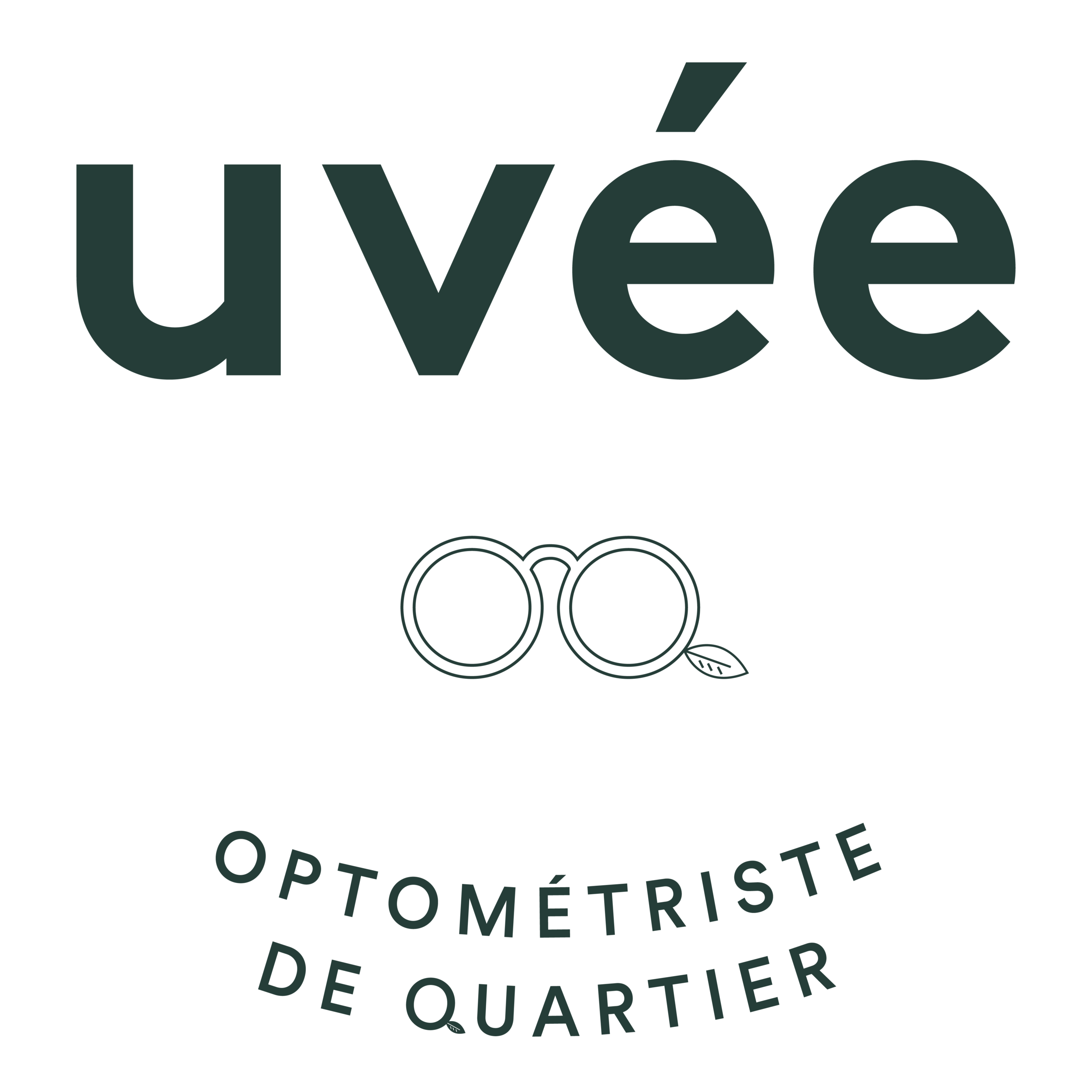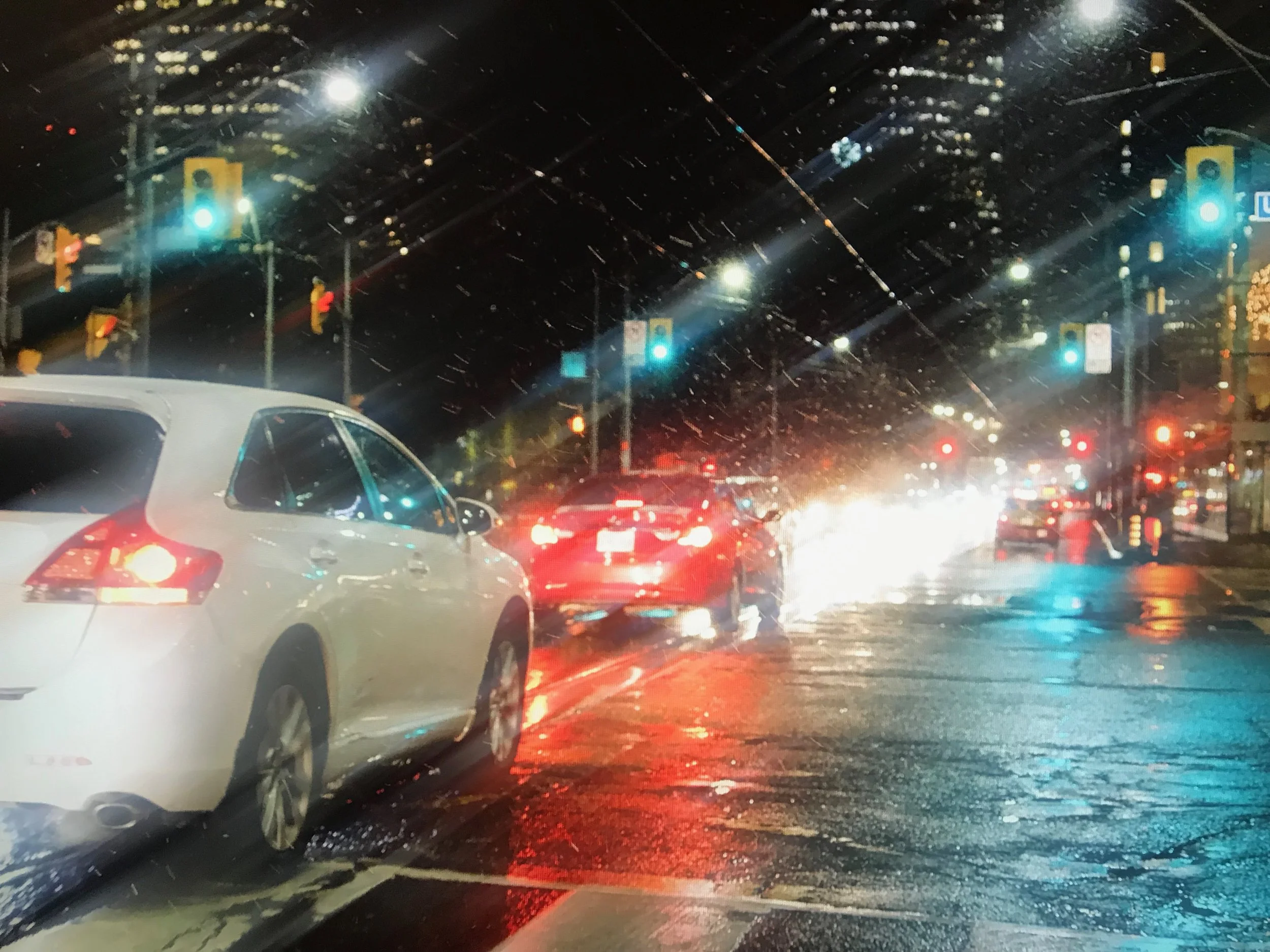
You’re noticing vision changes and can't see clearly through all the terms used by your optometrist during the eye exam? Here you will find a summary of the most common visual problems.
Myopia
Myopia is a problem that affects distant vision. A nearsighted eye naturally focuses on closer objects, which means that glasses must be used to bring the focus further. This disorder typically appears during the growth spurt, as the main cause of myopia is an elongated eye. Indeed, when the body grows, the eyes do the same! However, some studies show that in addition to heredity, increased use of our near vision could also play a role in the onset of myopia. There are now certain methods to slow the rapid progression of myopia in at-risk patients. Make an appointment for an eye exam to find out more!
Hyperopia
Unlike nearsightedness, hyperopia affects the ability to focus on what is closer to us. A farsighted eye is shorter than normal, which means that it must put in an extra effort in order to see close objects clear. This effort can cause eyestrain and blur reading. Although adults are more bothered by these symptoms, it is not uncommon for undiagnosed hyperopia to lead to learning disabilities in children. Consult your optometrist to do a screening!
Astigmatism
Astigmatism is a focusing problem resulting from a "deformed" eye surface. Instead of having a relatively spherical cornea, it is rather oval ("football shaped eye"), which means that the prescription is not the same in all areas. The visual system is able to adapt to make the image clear, but this often results in fatigue or halos. Astigmatic patients are usually bothered when driving at night. Is that your case? Come and consult!
Presbyopia
Presbyopia is a loss of physiological accommodation that occurs from the age of 40. Indeed, the ability to focus on different distances results from the elasticity of the naturel lens in the eye. When the visual stimulus requires the eye to accommodate, for example to see close up, the ciliary muscle is solicited in a way that it increases the curvature of the lens therefore making the eye more powerful. As it ages, the structure loses elasticity, and cannot change its shape. At some point, the effort required to focus on reading is such that it can cause eyestrain, headache or confusion. Do you recognize yourself? We are waiting for you!
For more information : Association des optométristes du Québec




